About Formula Student
Formula Student is an international engineering design competition first held by the Society of Automotive Engineers in 1979. The goal is to develop and provide a platform for student engineers to experience, build, and learn. It offers a unique way to test students’ theoretical knowledge in a practical context. Students gain and develop skills such as engineering, project management and team work. Points are earned in a series of off track, “Static” events, and on track, “Dynamic” events. The team with the most points at the end of the competition wins. The growing popularity of the competition is proven by the rapidly rising number of participants and the establishment of new events. Since the inaugural competition in 1979, the Formula Student competitions have developed into an international competition with participants from over 20 different countries and over 600 universities. GFR’s team goal is to win every competition we enter.
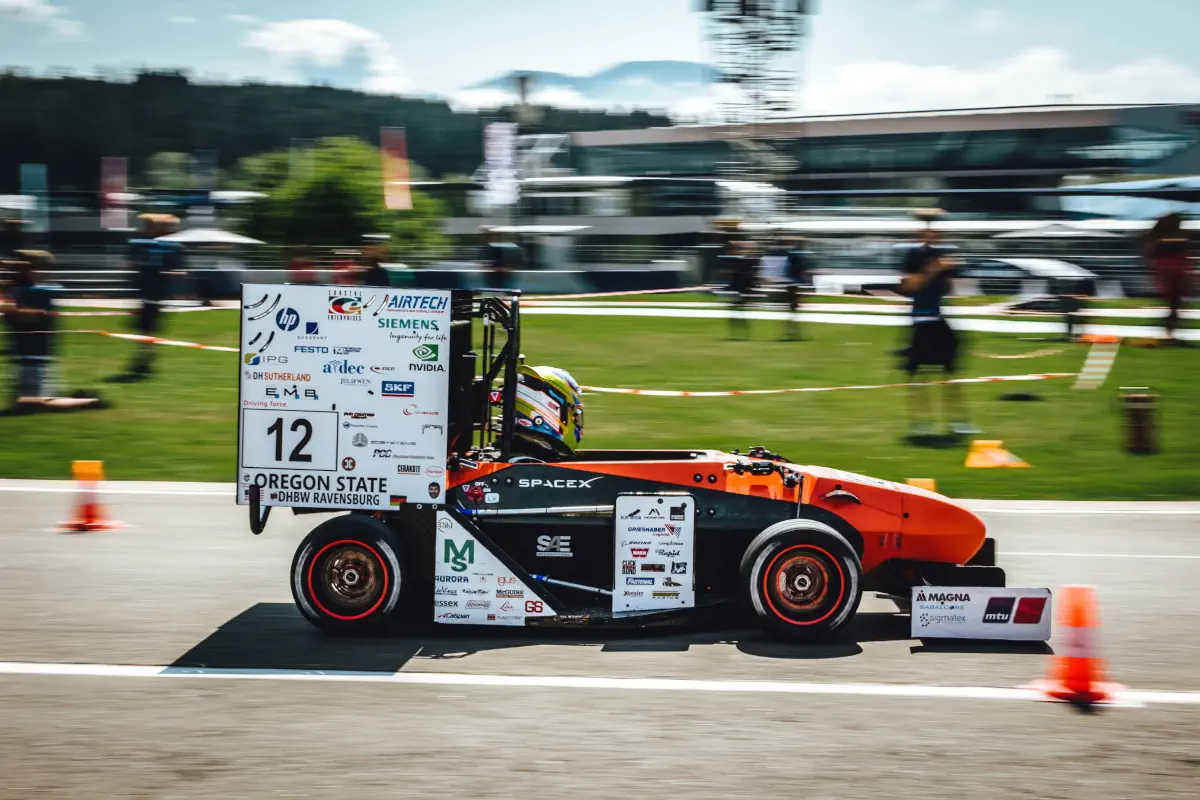
“Classic”
Scoring for electric and combustion vehicles
Dynamic
Acceleration (75 Points)
Skid Pad (75 Points)
Autocross (100 Points)
Efficiency (100 Points)
Endurance (325 Points)
Static
Business Presentation (75 points)
Cost Report (100 points)
Design (150 points)
“Driverless”
Welcome to the world of autonomous driving!
Dynamic
Acceleration (75 Points)
Skid Pad (75 Points)
Autocross (100 Points)
Efficiency (75 Points)
Trackdrive (200 Points)
Static
Business Presentation (75 points)
Cost Report (100 points)
Design (300 points)
“Driverless Cup”
How about driving just a little bit autonomous?
In addition to the regular competition, the team can choose to participate in the driverless cup for additional 600 points. Even if the team is not participating in this cup, it has to perform some disciplines autonomously.
Dynamic – Regular
Skid Pad (50 Points)
Acceleration (50 Points)
DV Skidpad (75 Points)
DV Acceleration (75 Points)
Effiency (75 Points)
Autocross (100 Points)
Endurance (250 Points)
Dynamic – Driverless CUp
DV Skid Pad (75 Points)
DV Accelaration (75 Points)
DV Autocross (100 Points)
Trackdrive (200 Points)
Static – Regular
Business Presentation (75 points)
Cost Report (100 points)
Design (150 points) (Regular)
Static – Driverless Cup
Engineering Design (150 points)
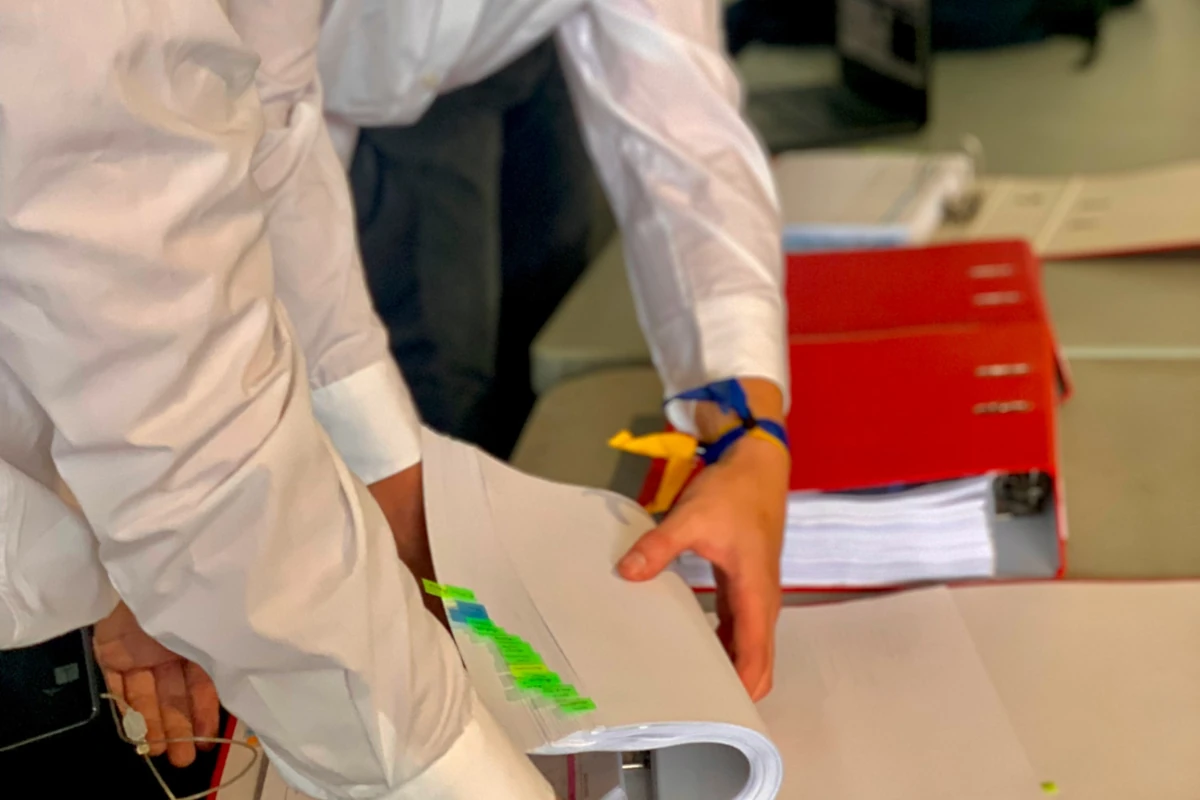
Cost Report
Students create a detailed report of all costs associated with materials, processes, and assembly of the car. Points are awarded based on total car cost and report quality. Finally, students must complete a ‘Real Case Scenario’ challenge to reduce cost in specified areas based on input from event organizers.
Business Presentation
The objective of the Business Presentation is to evaluate the team’s ability to develop and deliver a comprehensive business plan that will convince the executives of a corporation that the team’s car design best meets the demands of the amateur, weekend competition market.
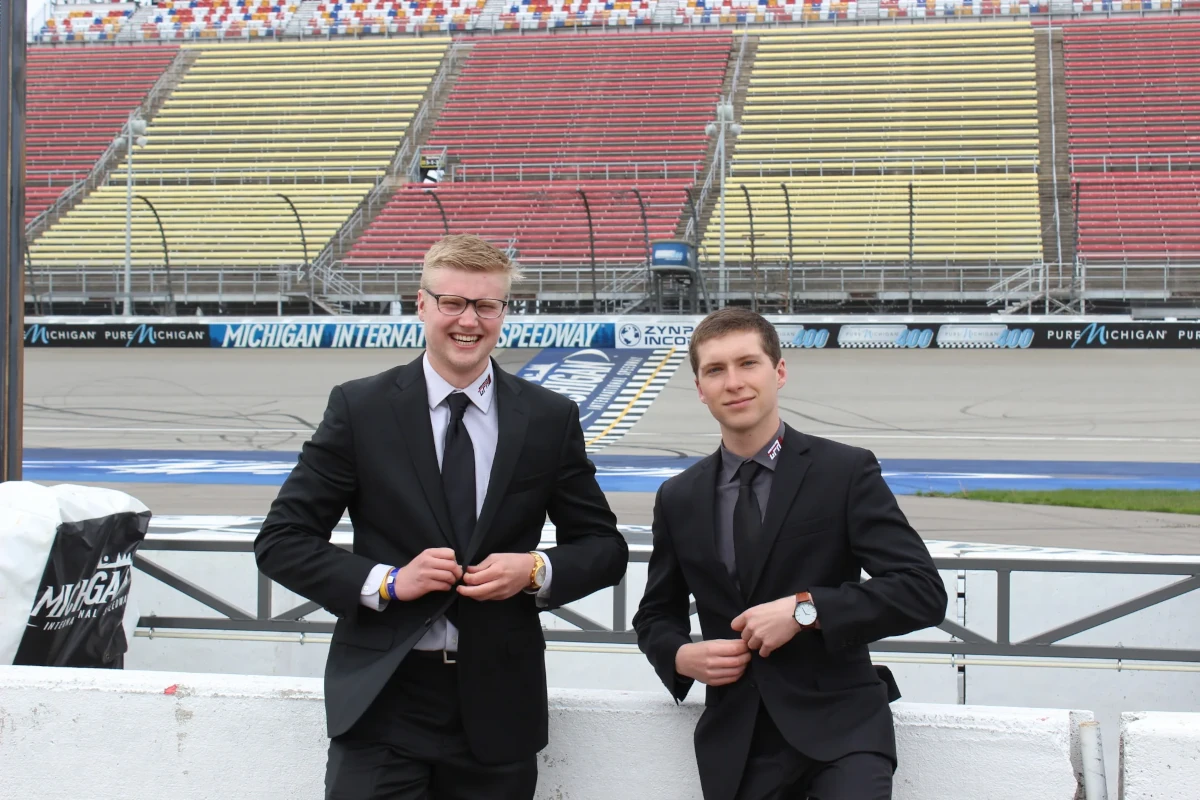
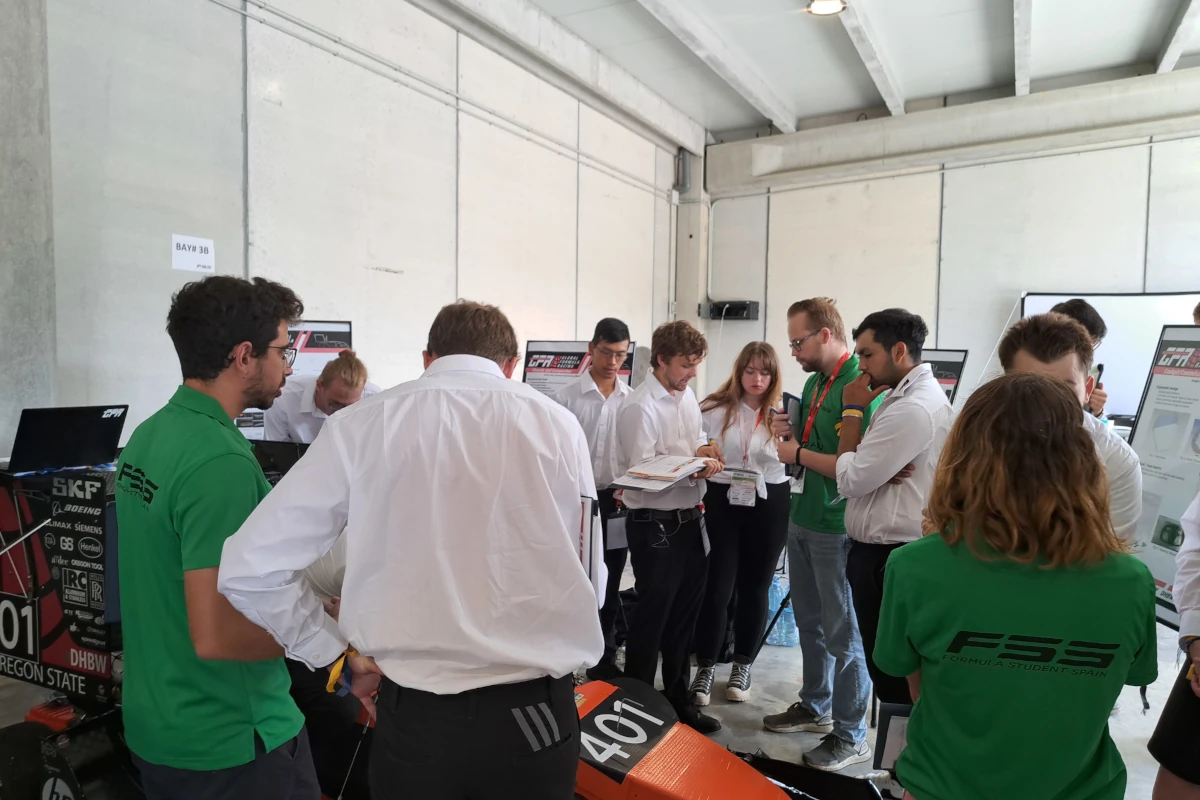
Engineering Design
During this event students must present their knowledge of the car and engineering concepts to a panel of judges. At most events there are multiple rounds of design, each with increasingly difficult questions and longer sessions. The first round involves all teams, and focuses on fundamental knowledge. Only the best Teams reach the Design Finals.
Autocross
Autocross tests the cars dynamic ability in a one lap sprint. Two drivers are given two attempts at the course. The objective of the autocross event is to evaluate the car’s maneuverability and handling qualities on a tight course without the hindrance of competing cars. The autocross course will combine the performance features of acceleration, braking, and cornering into one event.
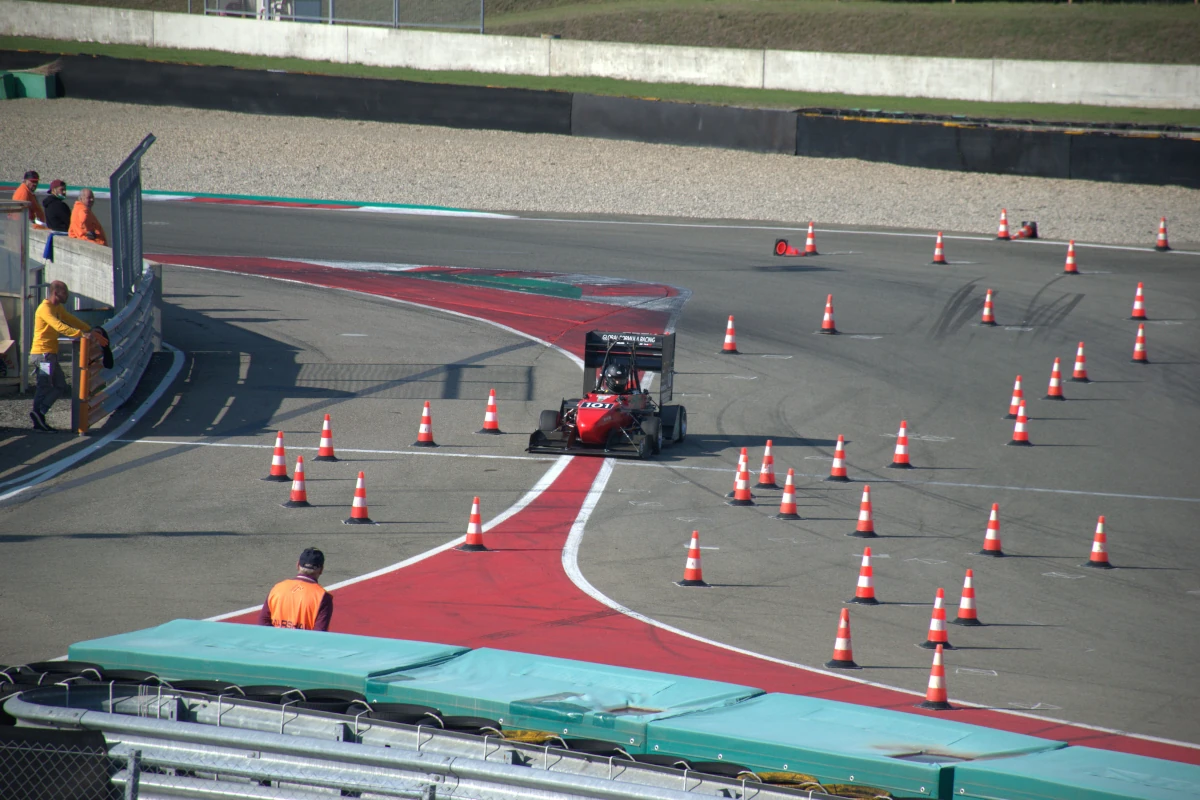
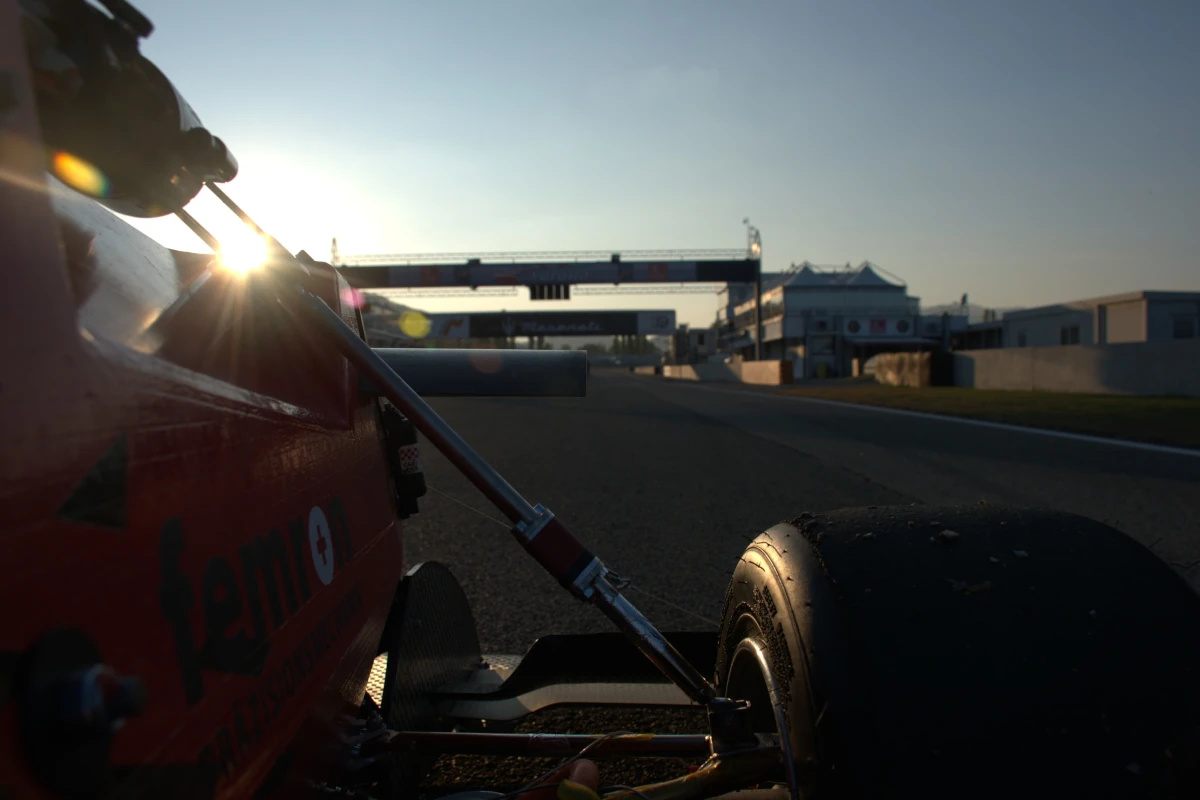
Efficiency
The car’s fuel efficiency is measured in conjunction with the Endurance event. Fuel usage and lap times are combined to determine how efficiently the car uses fuel. Here, a compromise between speed and power must be found.
Endurance
The Endurance event is 22 kilometers long driven on a track similar to Autocross. Two drivers each drive half of the distance with a mandatory pit stop at the midpoint. The car must stop and start under its own power and no refueling or repairs are allowed. A team must finish Endurance in order to earn any points from Fuel Efficiency or Endurance. Consistency and reliability is key for this event.
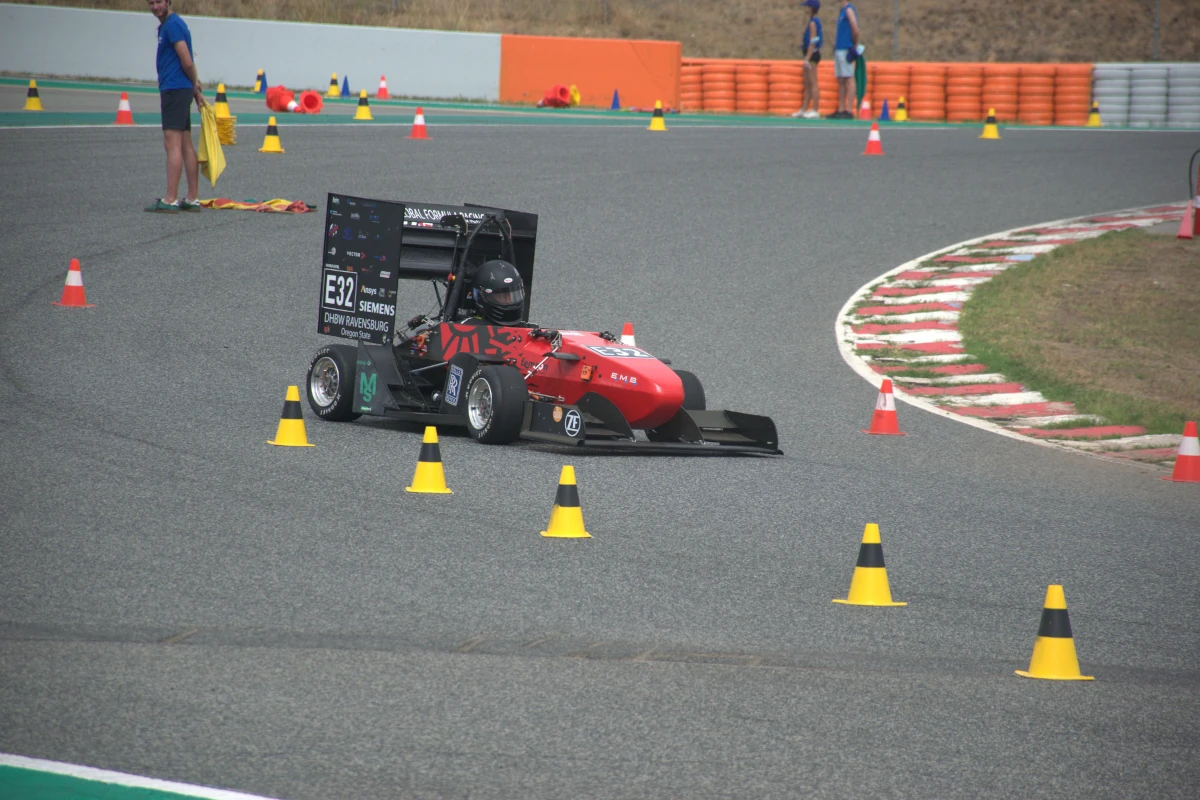
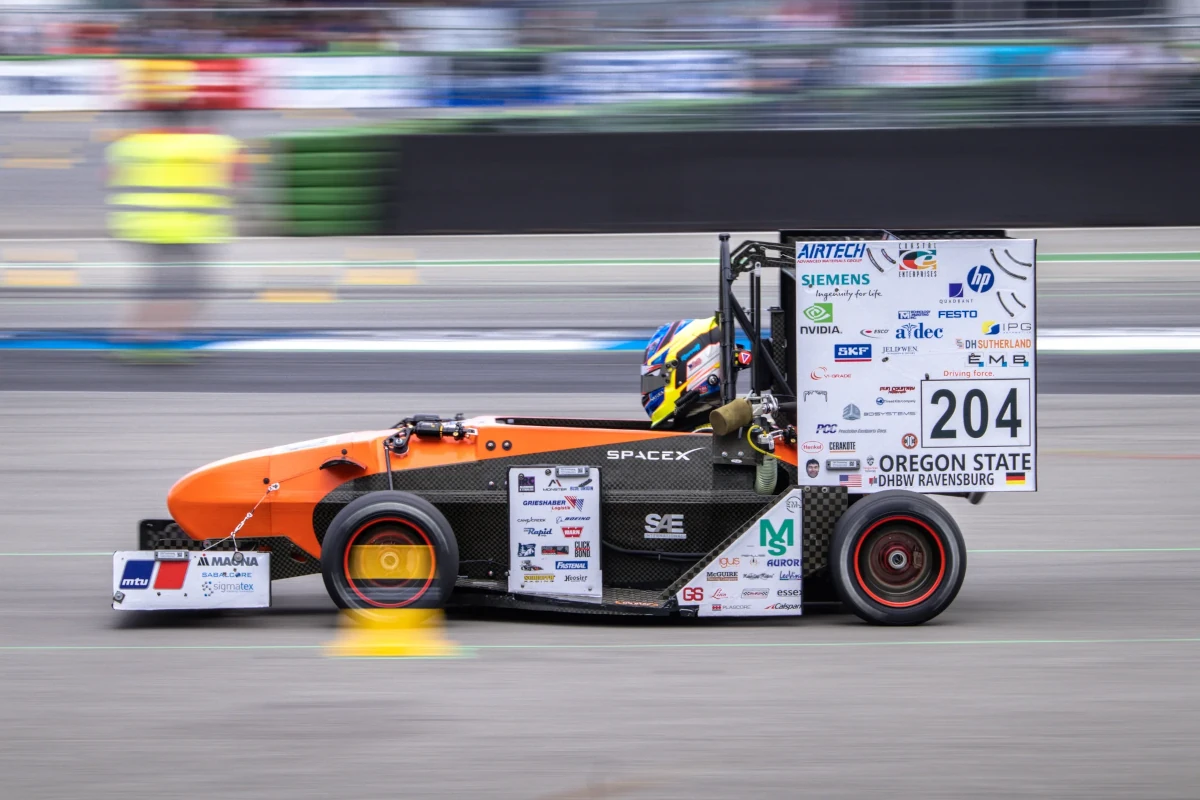
Acceleration
The Acceleration event evaluates the car’s acceleration in a straight line, from a standing start, over a distance of 75 meters.
Skid Pad
The objective of the Skid Pad event is to measure the car’s lateral grip on a flat surface while making a constant radius turn.
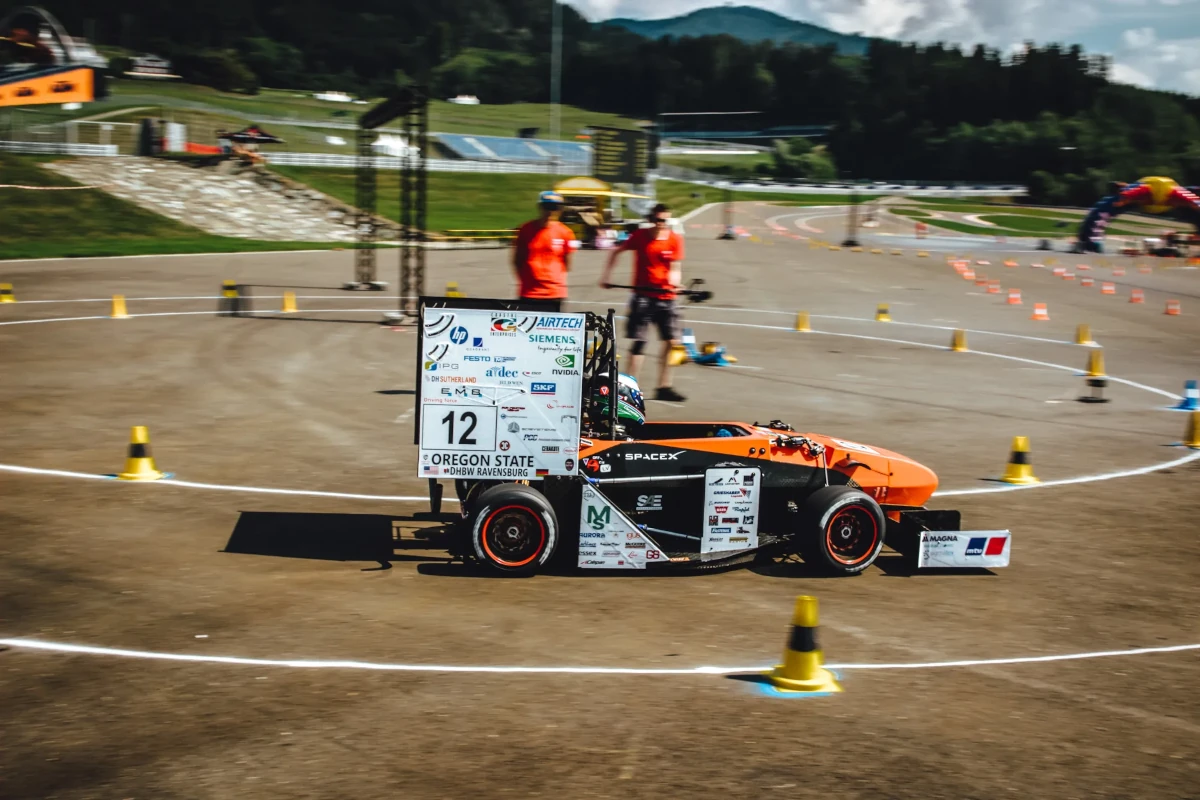
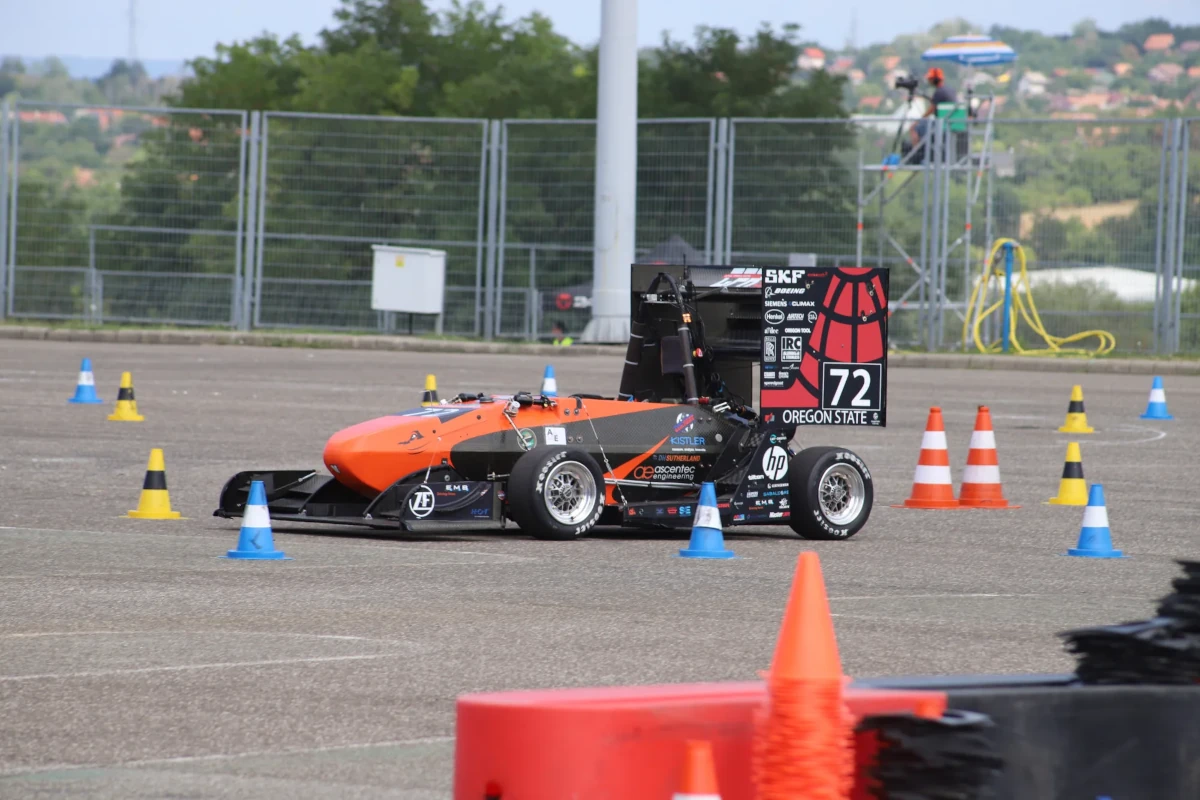
Trackdrive
Quite similar to Autocross, the track drive evaluates the performance of autonomous vehicles. The cars have to follow the course as quick as possible without any mistakes.
Formula Student is a chance to learn. It’s the possibility of getting knowledge and connections to a worldwide network. It’s the chance to get insight into a complex system with many aspects. Formula Student is not only passion and emotion, but also friendship. It is a team project developing and and building race cars. There are unforgettable moments, days and years.
It’s more than a competition.
Florian Berger
Global Formula Racing, and Formula Student in general, is perhaps the most challenging yet rewarding organization I’ve ever had the pleasure of being part of. It consists of late nights and early mornings overcoming engineering challenges, but essentially in the end, it molds you into one of the best engineers with the skills and experience necessary to succeed. It’s definitely a challenge, but the reward is worth it.
Brittyn McAllister
Global Formula Racing produces three incredible cars that represent the hard work of many young engineers. It is particularly special to me because we are able to look at individual components and personally know the people who developed them, and understand the many hours of intensive work that goes into their design. I have never experienced something more rewarding in my engineering career than watching our cars run, knowing what work it took to produce them.










![[AD] We’re thrilled to highlight how @hp is powering our team’s innovation with cutting-edge 3D printing technology! With HP’s long-standing support, we can take our designs to the next level, creating high-performance parts that give us the edge on the track. 🏎️💨
Here’s to pushing the boundaries of engineering and racing with the help of HP’s advanced 3D printing solutions! 🙌
#FormulaStudent #GFR #HPSponsorship #FSAE #3DPrinting #Sponsor #EngineeringExcellence #GlobalFormulaRacing #thankyou](https://www.global-formula-racing.com/wp-content/uploads/2023/01/475532500_18381538225110533_5365657256178279542_n-574x640.jpg)

















![[AD] We’re thrilled to highlight how @hp is powering our team’s innovation with cutting-edge 3D printing technology! With HP’s long-standing support, we can take our designs to the next level, creating high-performance parts that give us the edge on the track. 🏎️💨
Here’s to pushing the boundaries of engineering and racing with the help of HP’s advanced 3D printing solutions! 🙌
#FormulaStudent #GFR #HPSponsorship #FSAE #3DPrinting #Sponsor #EngineeringExcellence #GlobalFormulaRacing #thankyou](https://scontent-dus1-1.cdninstagram.com/v/t51.75761-15/475532500_18381538225110533_5365657256178279542_n.jpg?stp=dst-jpg_e35_tt6&_nc_cat=108&ccb=1-7&_nc_sid=18de74&_nc_ohc=jKsN6bXEHgQQ7kNvwGyRfda&_nc_oc=AdnNeVRj24WpPy0d_yRXhqaR1qY4eA4FP2gs3bznw-u0J-XcQaLfJE0rT4xdiIAAgyw&_nc_zt=23&_nc_ht=scontent-dus1-1.cdninstagram.com&edm=ANo9K5cEAAAA&_nc_gid=aKuiKcOXJ9ooyYRe8y4cNg&oh=00_AfHuQsvBD-xMgsoFqKEoxV0ebMrF_ViddRgU7G1TtwF-9g&oe=6805D3BB)
![[AD] We’re thrilled to highlight how @hp is powering our team’s innovation with cutting-edge 3D printing technology! With HP’s long-standing support, we can take our designs to the next level, creating high-performance parts that give us the edge on the track. 🏎️💨
Here’s to pushing the boundaries of engineering and racing with the help of HP’s advanced 3D printing solutions! 🙌
#FormulaStudent #GFR #HPSponsorship #FSAE #3DPrinting #Sponsor #EngineeringExcellence #GlobalFormulaRacing #thankyou](https://scontent-dus1-1.cdninstagram.com/v/t51.75761-15/475480940_18381538234110533_3368165289655871994_n.jpg?stp=dst-jpg_e35_tt6&_nc_cat=100&ccb=1-7&_nc_sid=18de74&_nc_ohc=_hgMRynRtxMQ7kNvwGpwu8-&_nc_oc=AdnYDjBe5Q8UNG7nE5wMK6jpmWhlxWuiNq8z7-JMrfx8BOFng5K8MRiKtnyLCci91AU&_nc_zt=23&_nc_ht=scontent-dus1-1.cdninstagram.com&edm=ANo9K5cEAAAA&_nc_gid=aKuiKcOXJ9ooyYRe8y4cNg&oh=00_AfFjxjGSXT5Wp07M_zfXXMcRfxdGeq1atClbJBq6oG7jxg&oe=6805C3A1)
![[AD] We’re thrilled to highlight how @hp is powering our team’s innovation with cutting-edge 3D printing technology! With HP’s long-standing support, we can take our designs to the next level, creating high-performance parts that give us the edge on the track. 🏎️💨
Here’s to pushing the boundaries of engineering and racing with the help of HP’s advanced 3D printing solutions! 🙌
#FormulaStudent #GFR #HPSponsorship #FSAE #3DPrinting #Sponsor #EngineeringExcellence #GlobalFormulaRacing #thankyou](https://scontent-dus1-1.cdninstagram.com/v/t51.75761-15/475585733_18381538243110533_8659140543040213159_n.jpg?stp=dst-jpg_e35_tt6&_nc_cat=104&ccb=1-7&_nc_sid=18de74&_nc_ohc=vGrqAUkaersQ7kNvwH1cUAy&_nc_oc=AdmqAXUfcoNd_vpTcgi0yNWet0JOLl-9UkCMtIc7Sj1RDJ4qJpuN-Jo1URo5yoa5oZw&_nc_zt=23&_nc_ht=scontent-dus1-1.cdninstagram.com&edm=ANo9K5cEAAAA&_nc_gid=aKuiKcOXJ9ooyYRe8y4cNg&oh=00_AfFvfoLT9YTI4D_W7hrtcB6mF9fJ5BJAsO2Tc7slCMEX7g&oe=6805CF70)
![[AD] We’re thrilled to highlight how @hp is powering our team’s innovation with cutting-edge 3D printing technology! With HP’s long-standing support, we can take our designs to the next level, creating high-performance parts that give us the edge on the track. 🏎️💨
Here’s to pushing the boundaries of engineering and racing with the help of HP’s advanced 3D printing solutions! 🙌
#FormulaStudent #GFR #HPSponsorship #FSAE #3DPrinting #Sponsor #EngineeringExcellence #GlobalFormulaRacing #thankyou](https://scontent-dus1-1.cdninstagram.com/v/t51.75761-15/475420137_18381538252110533_6385500936924787796_n.jpg?stp=dst-jpg_e35_tt6&_nc_cat=106&ccb=1-7&_nc_sid=18de74&_nc_ohc=sYr4nbQWCSsQ7kNvwEnyHuO&_nc_oc=AdkWFkSlUbzA9d36W4lKJcZcNS3DMSFmu3q0XBk1Ii85MuKU47XxWYKg2TTXdqCikgQ&_nc_zt=23&_nc_ht=scontent-dus1-1.cdninstagram.com&edm=ANo9K5cEAAAA&_nc_gid=aKuiKcOXJ9ooyYRe8y4cNg&oh=00_AfGiwVS1Ro6A_rxlbm2iET8Ki8Xr3I06G08BIDDBukmZfg&oe=6805D514)